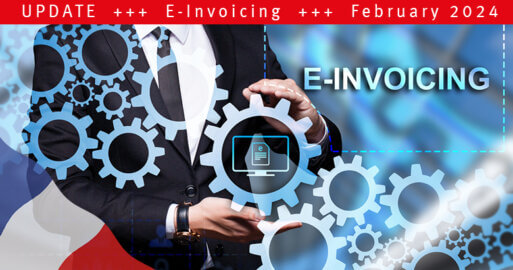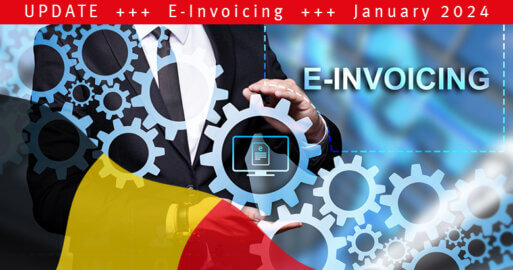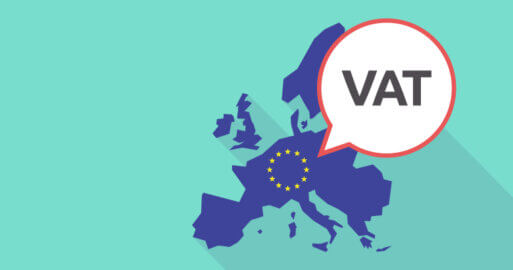The How and Why of the Peppol Directory: A (Potential) User’s Guide

Would you like to know what the Peppol Directory is and what it can do for you? Then read on! In this article, we will look at this search and find function in some detail. Discover what a Peppol business card is, what it needs to include. Find out how to communicate to other Peppol users which document types you support. We will also look at OpenPEPPOL, and whether the Peppol Authorities can require you to enter your details into the Peppol Directory.
Before we get started, have you read our article on Peppol, the Basics? This is a great introduction to the e-procurement, how it works, and what Peppol International Invoice (PINT) is all about. However, if you’re no newbie to the world of Peppol, let’s crack on with the obvious question:
What is the Peppol Directory?
The Peppol Directory (PD)[1] is a search engine provided by OpenPeppol AISBL. Essentially, it’s Peppol’s Yellow Pages. Any Peppol user, whether sender or recipient, can include their business card in the directory and show that they belong to the Peppol network. Once they also wish to receive documents, they can add which document types they can receive and make this information available to everyone.
The Peppol Directory shouldn’t be confused with the technical entry in the service metadata publisher (SMP), which you need to receive documents, such as e-invoices, over Peppol. In contrast to the SMP entry, publishing your details in the directory is, in most cases, on a voluntary basis. To this end, the Peppol Directory really is comparable to the Yellow Pages.
What information does a Peppol Directory entry contain?
The business card stored in the Peppol Directory refers to the Peppol ID on which a network member can be reached. It’s somewhat comparable to a phone number. If there is an entry for an entity which can only send documents, the business card contains the ID they use for sending.
The Business Card contains contact details, which are generally also available through other public sources:
- Company name
- Address or headquarters
- Peppol-ID (consisting of a Peppol prefix and a national ID number), for example the GLN (Global Location Number), LEI (Legal Entity Identifier) etc.
- URL of company’s website
- Contact details (type of organisation, name, telephone number, e-mail, company’s HQ, etc.)
- Further information (a free text field in which an entity enters information for reasons such as making them easier to find)
- Date the information was published in the directory
Once a participant can also receive files over the Peppol e-procurement network, the business card also includes the document types and formats they can receive.
Why should I be in the Peppol Directory?
As a Peppol user, you naturally want to know who else you can reach through the Peppol network. Instead of laboriously surveying all your (potential) business partners, you’re much more likely to search for a directory in which other network members are listed. That is what the Peppol Directory is there for.
Of course, such a directory is only useful if it actually lists participants. Therefore, the more entities that register their details in the directory, the more effective and respected it is.
The significant benefits for a recipient registered in the directory is that other correspondents can find them in the network and see what kind of messages they can receive.
At first glance, it’s not quite so obvious how a sender many benefit from entering their details into the directory. However, they may quickly decide that they also wish to receive messages. In that case, they’ve already done the groundwork by defining their business card, and only need to add what type of messages they can now receive.
How do you get an entry in the Peppol Directory?
Your SMP passes on the information on your business card, as well as specifying the types of document you can receive.
As a rule, the service provider operating the SMP provides its customers with a user interface to enter and maintain the details on their business card. Once you have entered these details into the application and authorised publication, the data is automatically made available to the Peppol Directory. The same is true of any updates you make.
How can you search the Peppol Directory?
As well as letting you manually search for specific users, Peppol is working on automated searches via a REST-API as well as the ability to download results. There are a number of ways OpenPeppol currently lets you run a search query. You can search for any of the information typically found on a business card, such as Peppol-ID, name, or address. It‘s also possible to search the further information fields.
You can find out more about automated searches on the Peppol How to use it page.
Do you have to be in the Peppol Directory?
Yes, in some countries the national Peppol Authority has stipulated that users are registered in the Peppol Directory. In each case, this is written into a country-specific appendix to the standard PEPPOL Transport Infrastructure Agreements (TIA), between the service providers and the respective Peppol Authority. This clause affects every company or public body with a registered presence in that country, whether as a sender of a recipient.
Conclusion
An entry in the Peppol Directory makes sense to drive the growth and acceptance of the Peppol network, as well as on an individual level. The Peppol directory is open to all, and users can immediately start searching the directory, which is a benefit to all.
[1] Cf. Peppol Directory (accessed 25.04.2022).
Thank you for your message
We appreciate your interest in SEEBURGER
Get in contact with us:
Please enter details about your project in the message section so we can direct your inquiry to the right consultant.
Written by: Katharina Koch
Katharina Koch, Product Manager, Business Unit Utilities, is responsible for management and product development in connection with market communication and SEEBURGER's e-invoicing solutions for the Utilities Industries. Katharina Koch has more than 15 years of business and technology experience in the utility industry, especially in the areas of market communication and SAP IS-U. Katharina Koch has been with SEEBURGER since January 2013.





